The final step in the process is to pocket the cast iron sleeve for the thrust bearings. The worm shaft must be maintained in the same position as original so the sleeve needs to be pocketed to the thickness of the thrust bearing.
This is the original assembly. The boss just to the right of the worm gear contacted the end of the sleeve as the bearing, and on the other end the ‘’bearing’’ surface is the wave washer that was in contact with the other end of the sleeve. Probably OK for hand operation, but not adequate for powered operation.
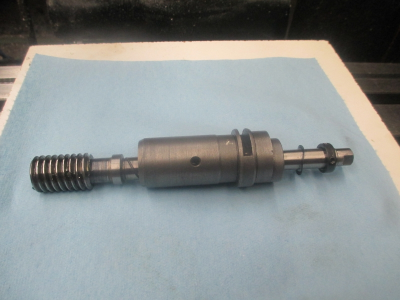
Here is the assembly with the new thrust bearings, less the balls. Where is UPS?????

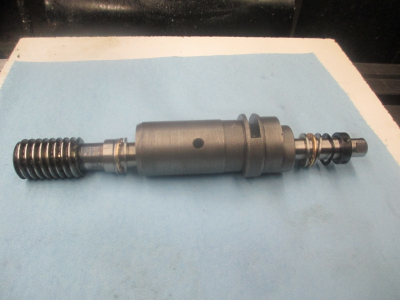
The sleeve setup and ready for pocketing on the worm gear end. The sleeve is held in a round pocket I already had machined into the vice soft jaws for another project. Soft jaws are really handy to have around and easy to make. They allow all kinds of quick fixturing for lots of projects. I normally just leave them in place and use them just like hard jaws until I need to change them because I have modified them to the point they are no longer useful for anything. Just waiting on the bearings to arrive, where’s UPS????????

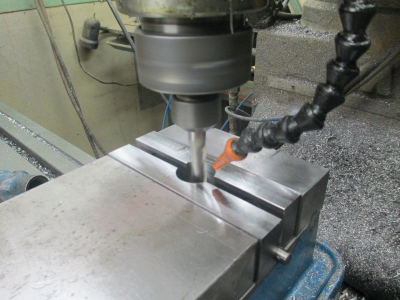
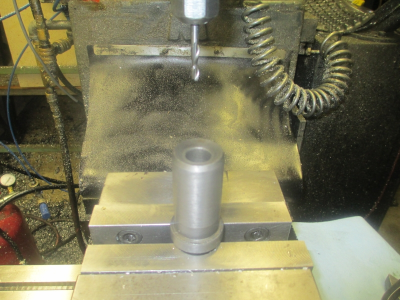
UPS finally got here!!!!

One bearing with the balls loaded and greased up.
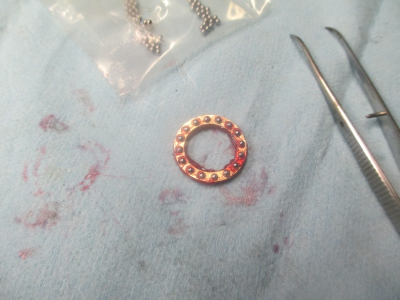
After assembling the bearings, I measured the thickness and found that rather than 4mm they were 4.35 mm, so the pocket needs to be 0.171 deep.
Pocketing the worm gear end of the sleeve
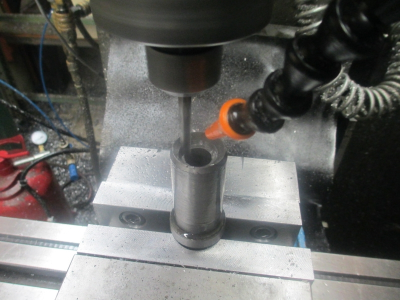
And the bearing in place.
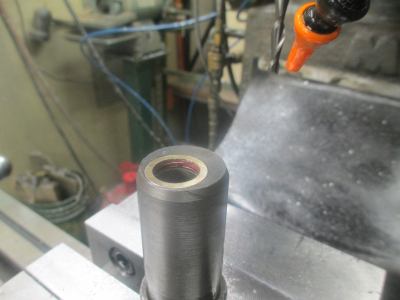
And pocketing the other end
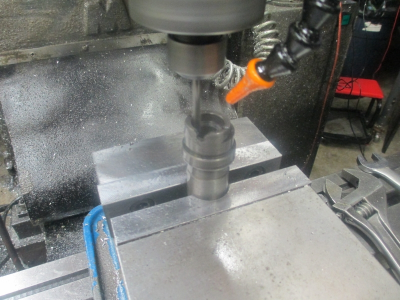
Running in the assembly. This consisted of over tightening the nut and running until the bearings got warm, rest a while, tighten a bit more, run again, rinse repeat until I’m happy with the way it feels. Then back off the nut and bring it back up to what I felt was a proper torque on a 6 inch crescent wrench. With the balls at about a RC62 and the races at about a RC35 hardness this exercise conformed the ball tracks to the balls for a nice fitup. The thickness of the thrust bearing probably changed a bit during the run in operation, but it will be close enough.
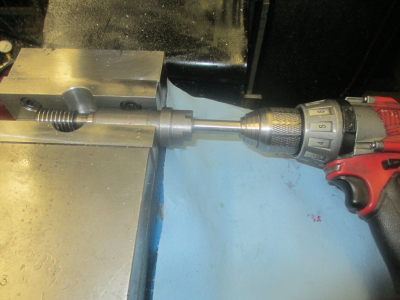
And reassembled. I ran it for about a half hour and it’s nice and smooth, with none of the problems that I experienced before the thrust bearing mod. Before I could easily stop the chuck with my hand and stall the motor. Now I am not able to stall it at all.

I’m going to call this a success.


Now I can get on with my other projects!
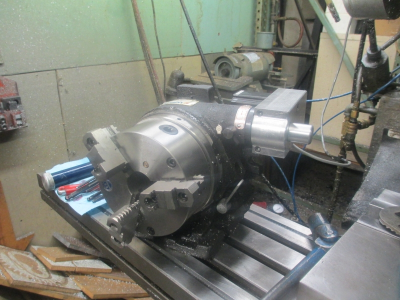












 Now I can get on with my other projects!
Now I can get on with my other projects!